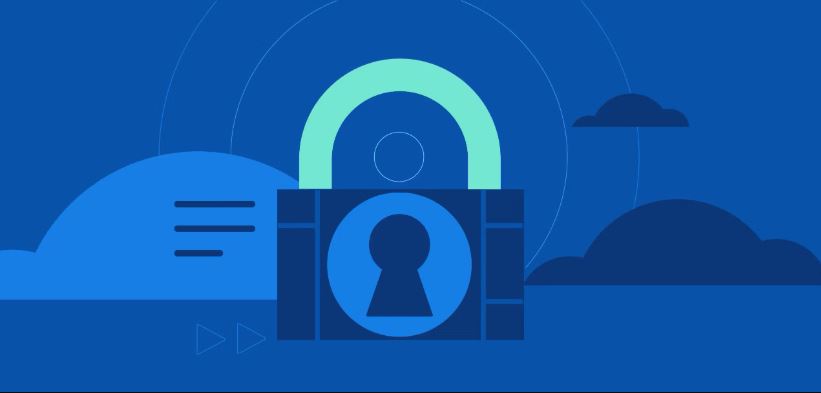Cloud computing has become an essential part of modern infrastructure, offering organizations flexibility and easy access to resources. However, this transition brings new security challenges that require effective strategies. This article explores how to manage security in cloud environments using best practices and advanced technologies to protect data and systems from cyber threats.
What Are Cloud Environments?
Cloud environments allow users to store and process data over the internet instead of relying on traditional infrastructure. Popular cloud services include:

Importance of Cloud Security Management
Managing security in cloud environments is critical for:
- Protecting Sensitive Data: Ensuring the confidentiality and security of stored and processed information.
- Preventing Unauthorized Access: Safeguarding systems from breaches and cyberattacks.
- Regulatory Compliance: Meeting security standards such as GDPR and HIPAA.
Major Threats in Cloud Environments
Common security threats include:
- Cyberattacks: Ransomware and malware targeting cloud systems.
- Security Breaches: Unauthorized access to cloud resources.
- Data Loss: Due to human error or cyber incidents.
Key Security Techniques for Cloud Environments
To enhance cloud security, organizations should implement:
- Encryption: Protecting data during transmission and storage.
- Identity and Access Management (IAM): Controlling access to cloud resources.
- Cloud Firewalls: Defending cloud networks from external threats.
Best Practices for Cloud Security Management
To maximize security, organizations should adopt:
- Regular Software Updates: Fixing vulnerabilities in cloud systems.
- Two-Factor Authentication (2FA): Adding an extra layer of security.
- Employee Training: Educating staff on cloud security best practices.
- Security Audits & Penetration Testing: Identifying and addressing vulnerabilities.
Leveraging Advanced Cloud Security Solutions
For enhanced protection, companies can utilize:
- Threat Monitoring Systems: Using log analysis tools to detect suspicious activities.
- Cloud Backup Solutions: Ensuring data recovery in case of cyberattacks or accidental loss.

Conclusion
Cloud security management is a fundamental part of any organization’s cybersecurity strategy. By implementing best practices and leveraging advanced security technologies, businesses can strengthen their cloud defenses and protect their critical data from cyber threats.